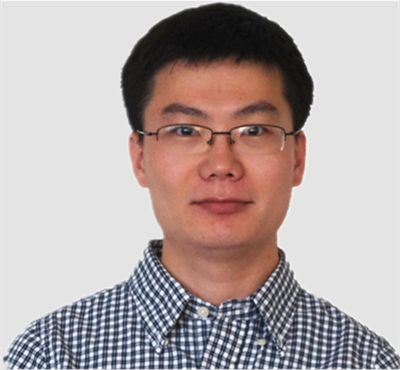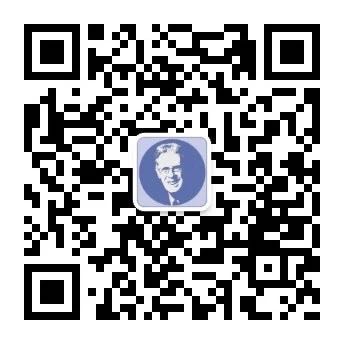Passive, Printable Sensing Interface for the Internet-of-Things
Speaker
Xinyu Zhang, University of California San Diego

Time
2018-07-11 14:30:00 ~ 2018-07-11 16:00:00
Location
SEIEE-1-418A
Host
Haiming Jin
Abstract
Touchscreen has been the de facto interaction method between human users and mobile devices However, as mobile devices become smaller, touchscreen becomes harder and harder to use, and turns into the bottleneck for human-mobile interaction More critically, as mobile devices enter the Internet-of-Things (IoT) era, the cost, power consumption, and form factor of touchscreen fundamentally limit its pervasive usage
In this talk, I will present several new mechanisms that enable human-IoT interaction through passive, paper-like interfaces I will first introduce LiveTag, a thin metal tag that can be printed on paper-like substrates and attached on objects to make them "live " LiveTag has no batteries, silicon chips or discrete electronic components But when touched by fingers, it disturbs ambient WiFi channel in a deterministic way, allowing WiFi receivers to sense the tag and discriminate the touch events I will also introduce a system called Inkpad, a simple passive interface attached to the edge of smartphones to enable touch sensing Inkpad is a piece of paper substrate with carbon ink patterns printed atop It leverages the column of electrodes near the edge of the smartphone touchscreen to sense multi-touch on the 2D space, and is even able to locate finger hovering Both LiveTag and Inkpad have been validated through full-fledged system implementation, and proven to be suitable interaction modalities for the emerging IoT devices
Bio
Xinyu Zhang is an Associate Professor in the Department of Electrical and Computer Engineering at the University of California San Diego. Prior to joining UC San Diego, he was an Assistant Professor at the University of Wisconsin-Madison from 2012 to 2017. He received his Ph.D. degree from the University of Michigan in 2012. His research interest lies in wireless systems and ubiquitous computing, and more specifically in (i) designing next-generation wireless architectures based on millimeter-wave, large-scale distributed antennas, and physical-layer informed protocols; (ii) designing ubiquitous systems that leverage wireless signals to sense micro-locations and micro-activities at near-vision precision. His research work has been regularly published in top conferences in these areas, especially ACM MobiCom, MobiSys, USENIX NSDI, and IEEE INFOCOM. He is the recipient of ACM MobiCom Best Paper Award in 2011, NSF CAREER Award in 2014, and Google Research Award in 2017 and 2018. His research has led to multiple tech transfers including a startup company specialized in visible light positioning. He served as the TPC chair for ACM MobiCom 2019, IEEE SECON 2017, co-chair of NSF millimeter-wave research coordination network, and Associate Editor for IEEE Transactions on Mobile Computing since 2017.

